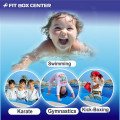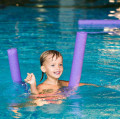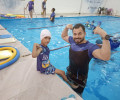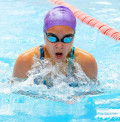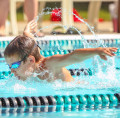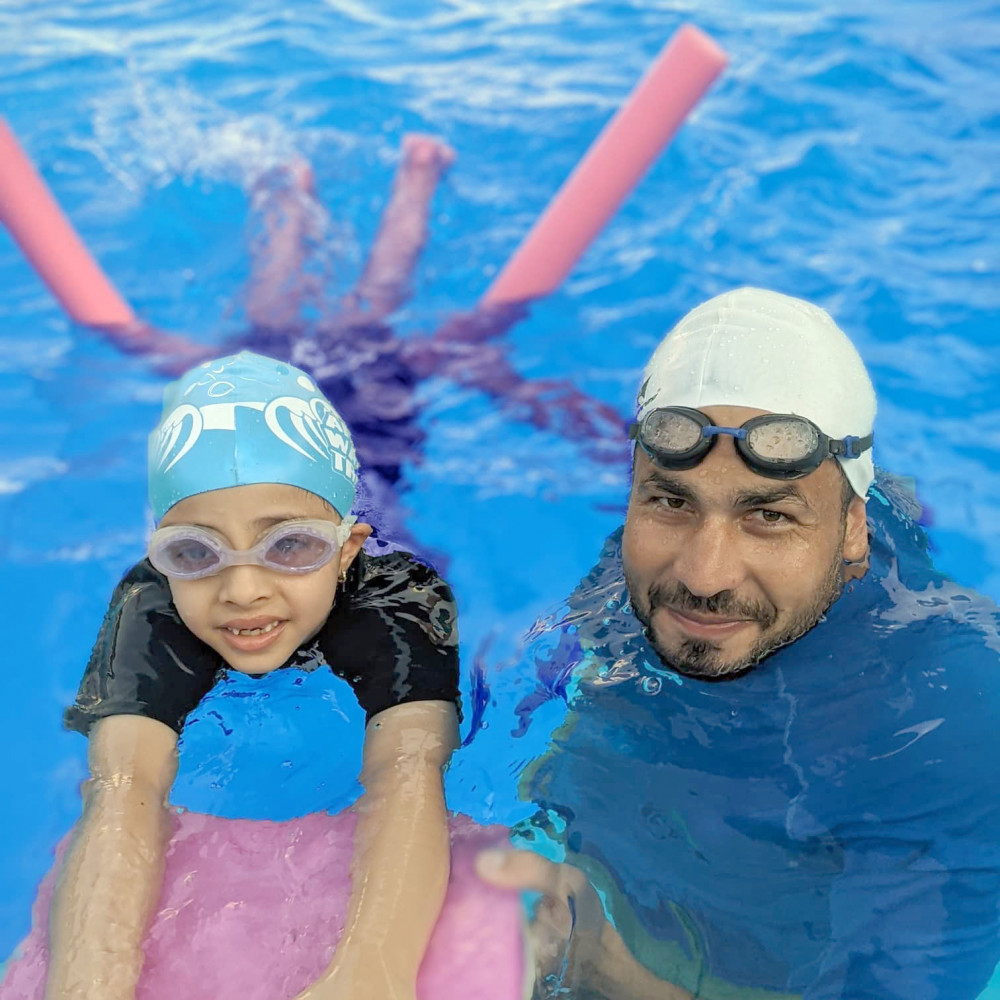
How to Learn Swimming Front Stroke Basic Steps
2024-05-09 - swimmingSwimming is a rewarding and enjoyable activity that offers
numerous benefits for both physical health and mental well-being. Among the
various swimming strokes, mastering the front stroke, also known as freestyle,
is often a top priority for beginners. In this comprehensive guide, we will
explore the basic steps to learn the front stroke effectively.
Introduction to Front Stroke
Front stroke, or freestyle, is one of the most popular and
efficient swimming strokes. It involves continuous alternating arm movements
and flutter kicks while maintaining a horizontal position in the water.
Mastering the front stroke not only enhances swimming proficiency but also
builds overall strength and endurance.
Finding a Suitable Pool
Choose a swimming pool with a comfortable environment
conducive to learning. Look for facilities with experienced instructors,
adequate safety measures, and clear water.
Necessary Equipment
Gather the essential equipment for swimming, including
swimsuits, goggles, swim caps, and possibly a kickboard or flotation device for
beginners.
Basic Steps for Learning Front Stroke
Mastering the front stroke involves several fundamental
steps:
Body Positioning
Start by floating on your stomach in the water, with your face
submerged and arms extended forward. Maintain a streamlined position, with your
body parallel to the water surface.
Arm Movement
Practice the arm movements of the front stroke, known as the
"pull" phase. Begin with one arm extended forward while the other arm
pulls through the water in a circular motion, propelling your body forward.
Alternate arms in a continuous rhythm.
Leg Kick
Coordinate your arm movements with a flutter kick, keeping
your legs straight and kicking from the hips. The flutter kick provides
propulsion and helps maintain balance in the water.
Breathing Techniques
Learn proper breathing techniques by exhaling underwater and
inhaling quickly as you turn your head to the side during arm recovery. Timing
your breaths with your arm strokes is crucial for efficient swimming.
Common Mistakes to Avoid
When learning the front stroke, beginners may encounter
common mistakes such as:
Lifting the head too high, causing drag
Overextending arm reach, leading to inefficiency
Kicking too forcefully, causing excessive splashing
Holding the breath instead of exhaling underwater
Progressing in Front Stroke
To improve front stroke proficiency, follow these tips:
Practice Techniques
Consistent practice is key to mastering the front stroke.
Break down each component of the stroke and focus on refining your technique
through drills and repetition.
Building Endurance
Gradually increase your swimming distance and duration to
build endurance. Incorporate interval training and swimming workouts to enhance
stamina and speed.
Advanced Tips for Improvement
Seek feedback from experienced swimmers or instructors to
identify areas for improvement. Experiment with advanced techniques such as
bilateral breathing, high-elbow catch, and flip turns to enhance your front
stroke skills.


